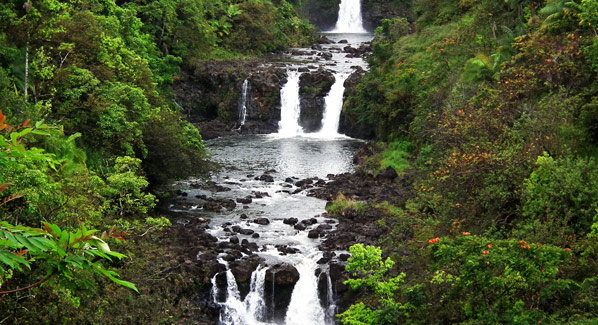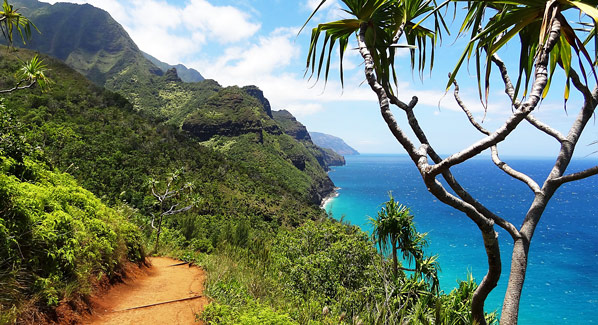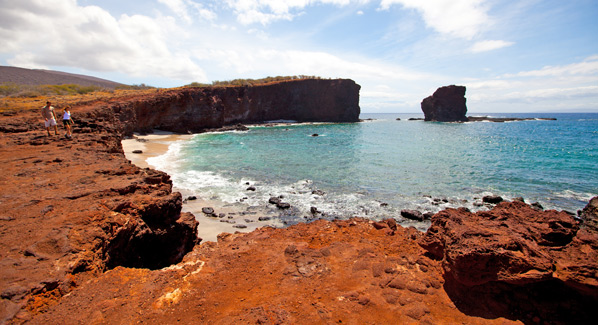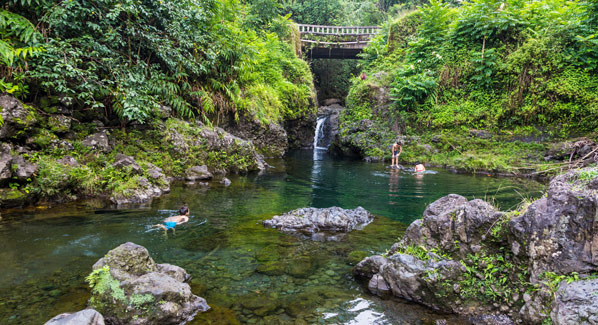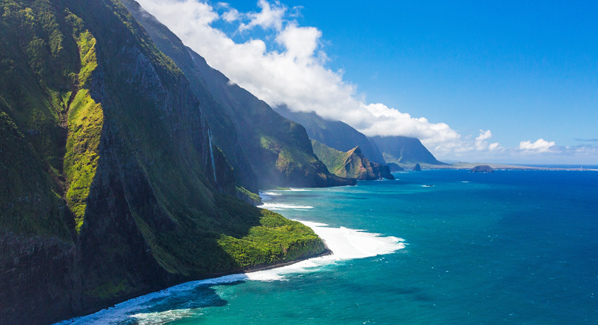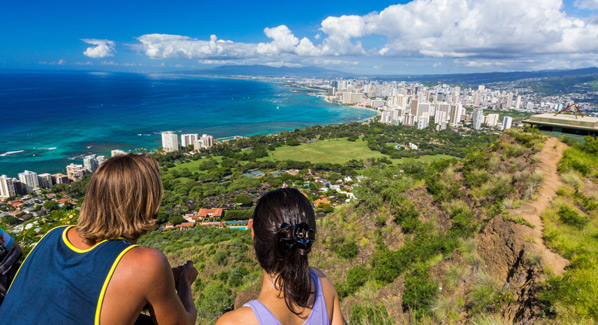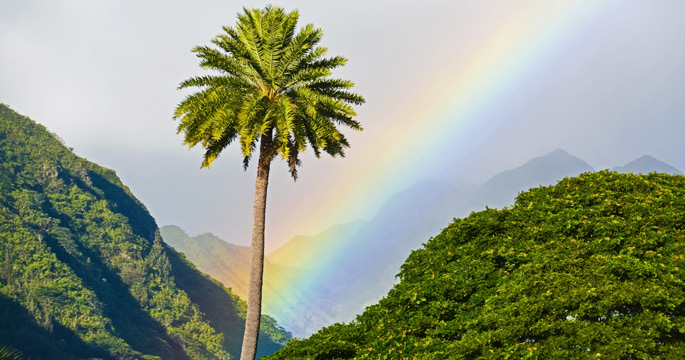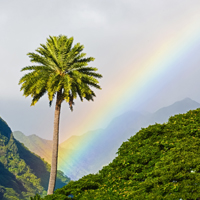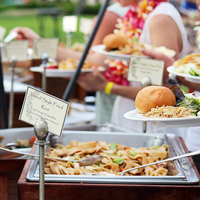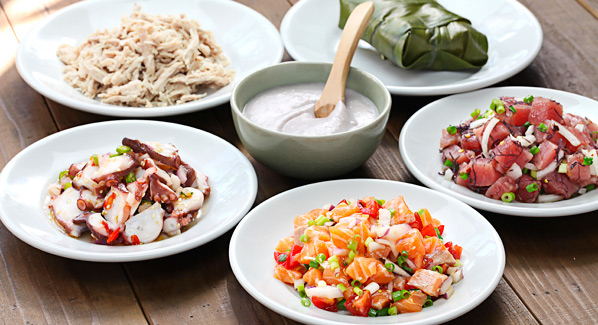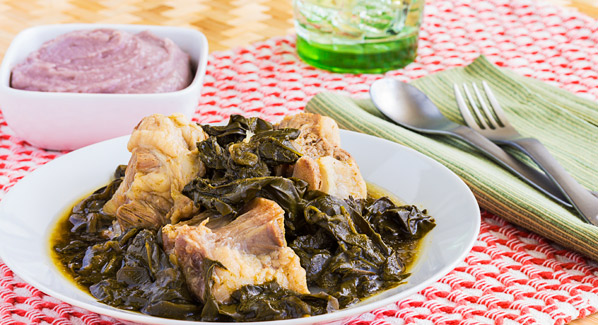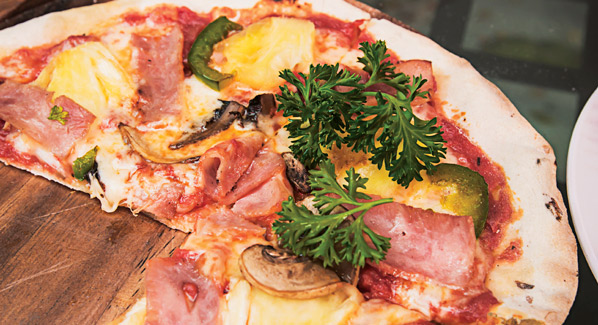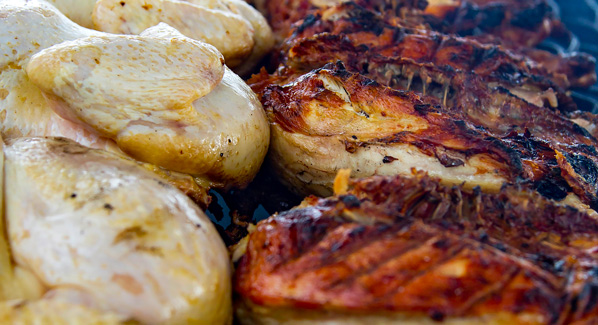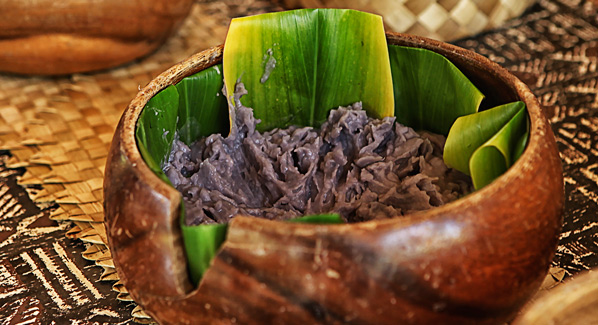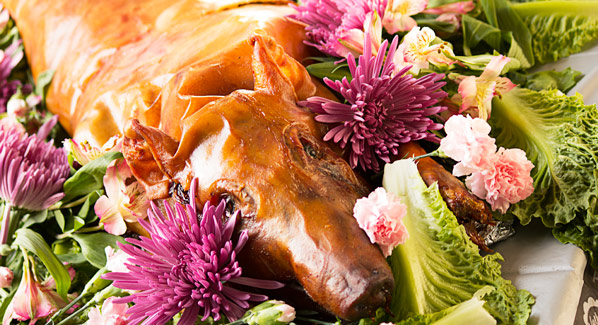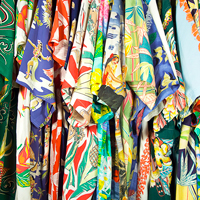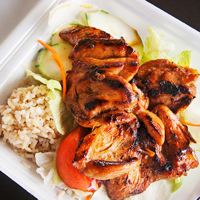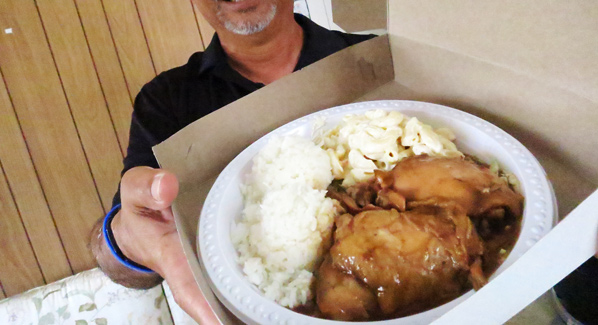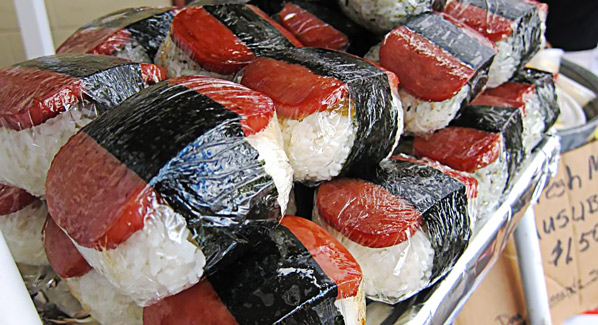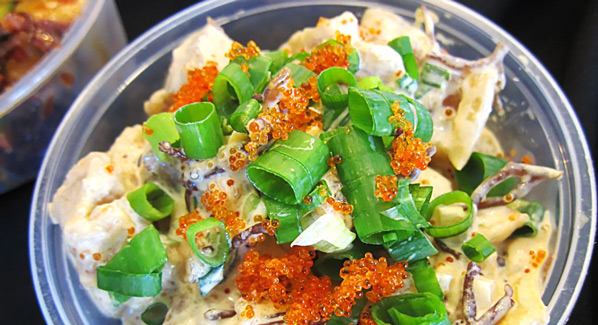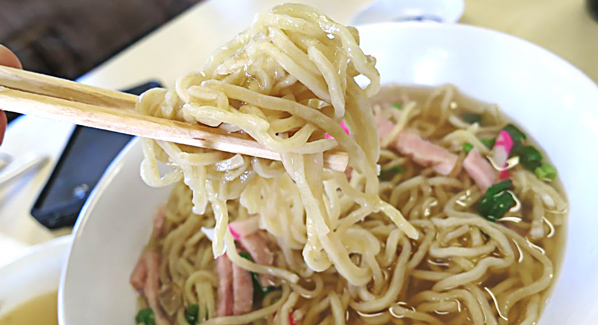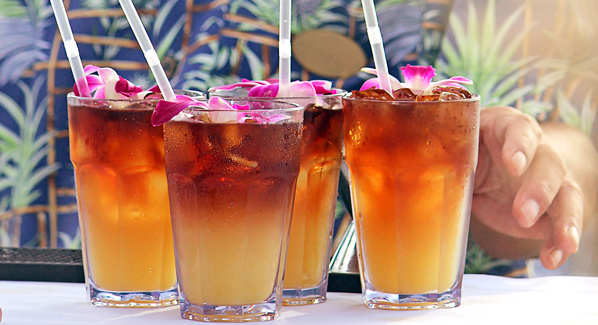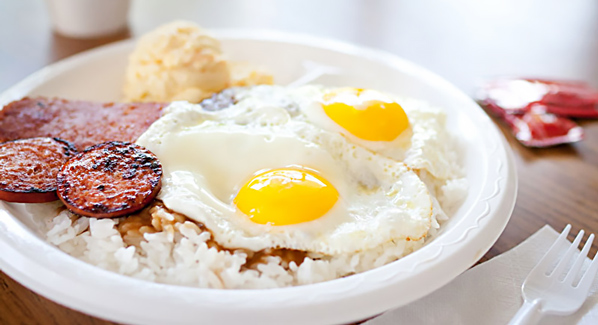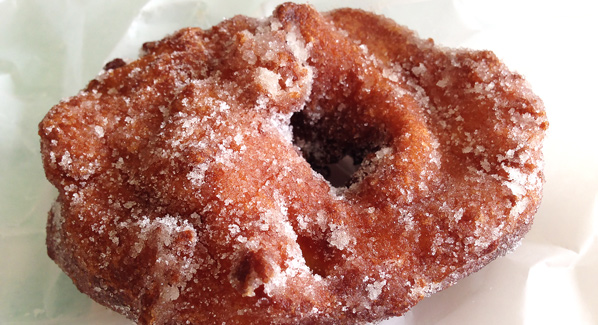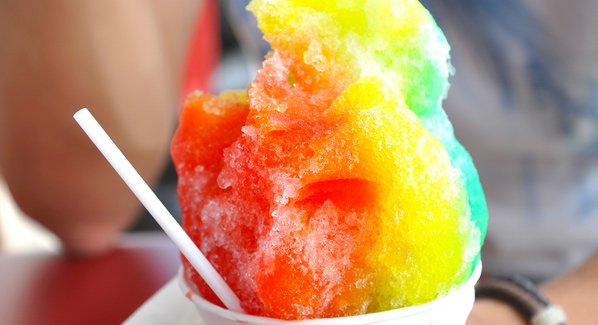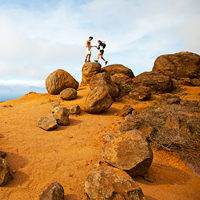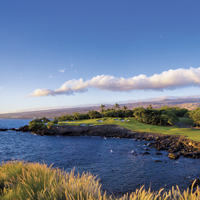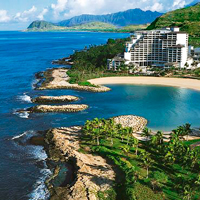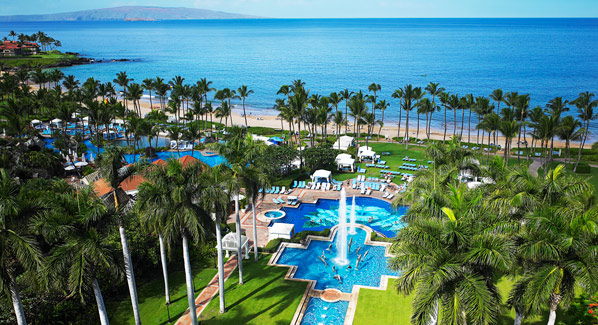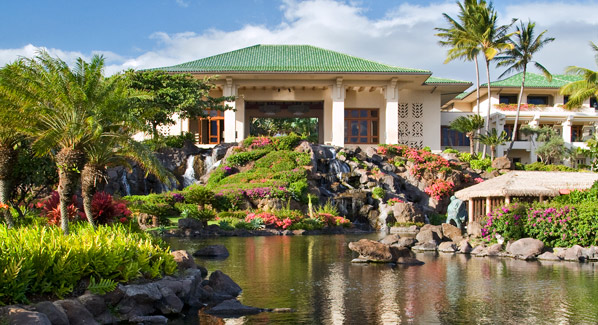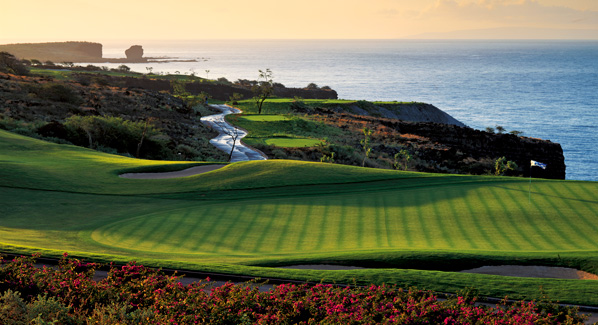If your idea of a great vacation includes not only sun, sand and blue water, but also sand traps and water hazards, you don’t have to choose one over the other. Seaside golf resorts give you the best of both: a relaxing tropical vacation with the chance to play some of the most fabled and scenic courses in the world. We’ve assembled a collection of first-class golf courses that not only sit beachside, but are also in prime vacation destinations. Some have fun, yet forgiving, fairways and accommodating greens, while others challenge with architecture that demands precision and incorporates natural hazards, from lava fields and mangrove swamps to precipitous, surf-washed cliffs. And as an added bonus, each of these courses is affiliated with a world-class beachfront resort, where spa time, poolside languor and fine dining can cap off a great round.
Port Royal Golf Course, Southampton, Bermuda
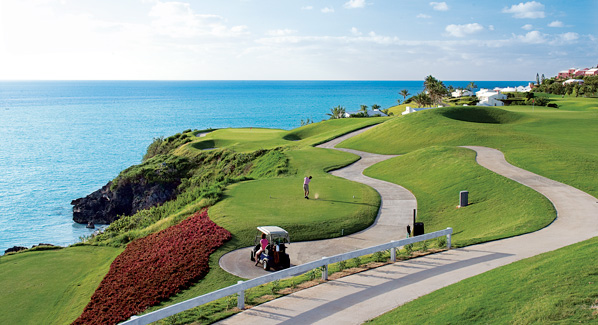
Delivering dramatic oceanfront views and one of golf’s most famous holes, Port Royal is the current home of the PGA Grand Slam. As a public course, it is open to all. Photo: V Stephen Raynor
Bermuda has more golf courses per square mile than anywhere on earth. High on the island’s list of must-plays is the Port Royal Golf Course, home to one of the most memorable waterfront holes in golf: the 235-yard, par-3 16th hole, which perches on the edge of an oceanfront bluff, offering spectacularly distracting views of azure waters that lie in wait for the errant hook shot. Benefiting from multi-million dollar upgrades in recent years, this top-ranked public course has attracted its share of pros with events such as the annual PGA Grand Slam of Golf.
Where to Stay: Book an ocean-view room next door at the Pompano Beach Club and you will not only enjoy a world-class beach and memorable ocean views, but also 15-minute proximity to three additional courses: Riddell’s Bay Golf & Country Club, Newstead Belmont Hills Golf Resort and the ever-popular Turtle Hill Golf Club at the Fairmont Southampton, widely considered one of the sport’s more challenging and scenic par-3 courses. Pompano’s staff can arrange for transportation and tee times at many of the island’s courses, including space-available tee times at the renowned Mid Ocean Club on select days. Once the clubs are put away, guests enjoy amenities that includes water sports, tennis, spa services and one of the island’s top-ranked eateries—The Cedar Room. There are few better places to toast a successful day on the links than the Sunset Lounge, which, as the name promises, delivers amazing sunset views.
Four Seasons, Nevis
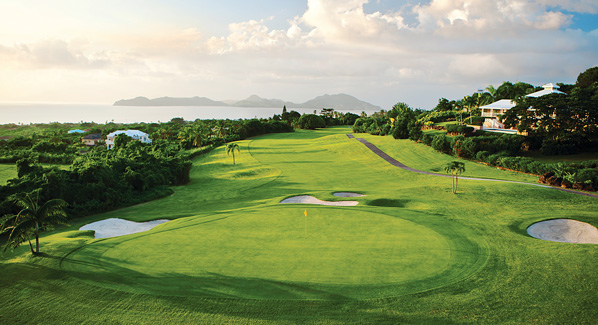
En route to a finish overlooking the beach, the Four Seasons Nevis course first plays uphill then provides some dramatic downhill tees with panoramic views. Photo: Four Seasons Resorts
Making par on this Robert Trent Jones II course at the Four Seasons Nevis is no day at the beach—though your reward after sinking the 18th hole could be a stroll right onto Pinney Beach. Only the final hole plays ocean-side, but there’s no shortage of scenery—or challenges. After hitting past the remains of an old sugar mill and into spectacular views of Nevis Peak, the back nine takes an uphill turn, requiring some strong carries, but worth it for the panoramic views of the beach below. At the par-5 15th hole, you’ll be looking at better than 650 yards from the back tee to the greens. Relax, the heady 175-foot fairway drop puts gravity on your side. Overall, the course’s many long, narrow fairways keep you honest, and you’ll discover why the golf gurus consistently rank these as 18 of the finest holes in the Caribbean.
Where to Stay: The Four Seasons resort is equally serious about tennis and has 10 well-maintained courts. Three pools provide varying levels of quiet-versus-fun, and a sheltered section of Pinney Beach is devoted to swimming and water sports. With rooms and suites set in free-standing cottages nestled into the lushly landscaped property, it’s possible to find a bit of privacy, but equally easy to join the fun. The resort is family-friendly, but not at the expense of adult-centric services and amenities. Beach lovers may want to secure one of the resort’s cabana-style beach verandas. These open-air day retreats are just steps from the water’s edge and deliver sweeping views of the Caribbean and Nevis’ sister island of St. Kitts.
White Witch, St. James, Jamaica
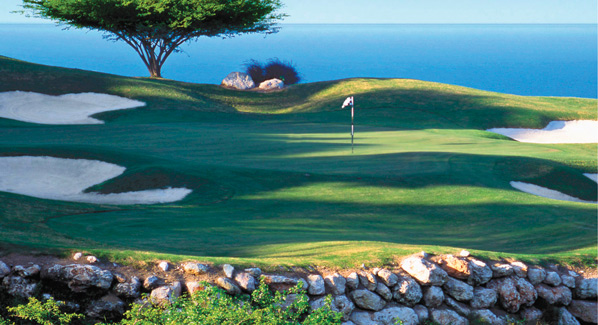
White Witch challenges with strategic bunkers and undulating greens, but ultimately rewards with spectacular water views. It is now managed jointly with nearby Cinnamon Hill. Photo: Rose Hill
Jamaica’s White Witch golf course offers spellbinding beautiful ocean views from most every hole, but it can also torment with narrow fairways leading to wickedly placed bunkers and fast, undulating greens. This long par 71, designed by Robert von Hagge and Rick Baril, is generally considered the best in Jamaica. Located within the historic grounds of the Rose Hill Plantation near Montego Bay, the course takes its name not from the beguilingly architecture, but from the former plantation owner and alleged voodoo mistress, Annie Palmer (no relation to the golfing great). Any magic now emanating from this 200-acre swath of golfing paradise is of a brighter nature and might involve the club’s renowned “golf concierges”—local caddies whose intimate knowledge of course strategy can help players shave a few strokes off their game.
Where to Stay: Be among the first to stay at the Hyatt Zilara Rose Hall when it opens in 2014. A former Ritz-Carlton, the property will re-emerge as an adult-focused all-inclusive with an emphasis on active recreation supported by upscale amenities and the Hyatt branding.
Punta Espada Golf Club, Cap Cana, Dominican Republic
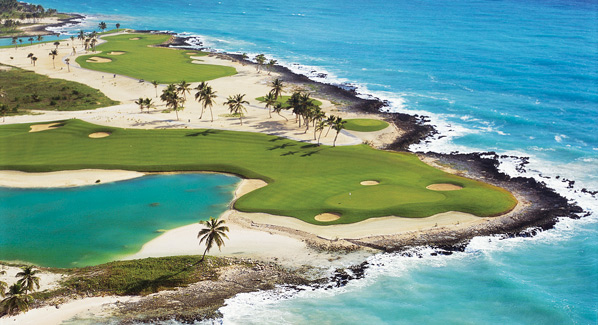
On Punta Espada’s scenic 2nd hole, the views can distract, and sea breezes often come into play. The immaculately-groomed course is one of the top ranked in the Caribbean. Photo: Punta Espada
The Dominican Republic rewards vacationing golfers with a wealth of challenging and scenic waterfront courses, and one of the latest additions to this roster is the Punta Espada Golf Club at Cap Cana. This lushly landscaped and immaculately groomed course has garnered top honors for the Caribbean two years running from Golfweek magazine. The scenery alone goes a long way towards justifying such a ranking, as there are ocean views from all holes and eight play right along the beach. But this Jack Nicklaus-signature course also offers a level of play equal to its beauty, incorporating natural features such as bluffs, beach, waterways and foliage into a design that can accommodate yet challenge golfers of all levels, including the pros. The fairways are relatively wide and provide forgiving bailout areas, but the course requires both accuracy and strategy to score well. Many consider the par-3 13th hole to be Punta Espada’s signature hole, and it is also one of the more challenging, with a stunningly distracting sliver of ocean between tee and green.
Where to Stay: There are several first-class beachfront properties near the club. For a vacation stay as memorable as your rounds of play, book a suite or villa at the adjacent Eden Roc at Cap Cana. All suites feature private outdoor pools and gazebos, and guests have access to the exclusive Caletón Beach Club.
St. Regis Bahia Beach Resort, Rio Grande, Puerto Rico
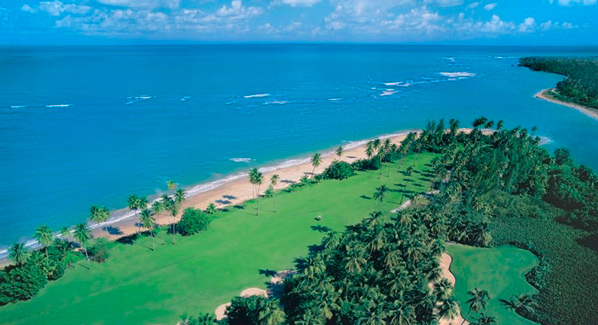
After playing through mangrove lowlands that have been designated as a bird sanctuary, the Bahia Beach course breaks out of the forest at the 16th to play along a palm-lined beach. Photo: St Regis Bahia Beach
Long before you reach the namesake strand of sand, the Bahia Beach Golf Course brings water into play. In all, some 15 holes of this 7,000-yard course include water features. Designer Robert Trent Jones Jr. took full advantage of a network of existing saltwater lagoons to create a layout that in his words, “will challenge but also delight your soul and spirit.” Through much of the course, thick foliage and water features line the fairways, creating not only a buffer against coastal trade winds, but also preserving one of the island’s more pristine natural habitats. In fact, Bahia Beach is the first and only course in Puerto Rico to be named a Gold Audubon International Signature Sanctuary. Above the greenery and lagoons, the highlands of the El Yunque National Rain Forest loom in the distance. But the real reward comes when players break out to the ocean at the 16th hole and play their final three holes beachside. Here, sea breezes can become a factor, but overall this course provides not only natural attractions, but also a great round of resort golf that challenges without inciting frustration.
Where to Stay: The golf course is part of a planned residential and vacation complex that includes the St. Regis Bahia Beach Resort. More than half of the property’s 480 acres were left wild and include two miles of sand beaches. Hiking trails wind around lakes and through a bird sanctuary, the grounds of a former coconut plantation and indigenous coastal forests. The resort’s focus on luxury and service is matched by its commitment to an ecologically responsible operation. So guests enjoy nature along with gastronomic and other pleasures one would expect from a world-class resort destination.
El Camaleón Golf Club, Playa del Carmen, Mexico

Mexico’s El Camaleon plays through lush coastal landscapes and visits the beach twice, first at the 7th (shown) and again at the 15th. Photo: Fairmont Hotels
Mexico’s Yucatan Peninsula sits on a Swiss cheese of underground rivers. Just behind the beaches of the Riviera Maya, several of these caverns rise to the surface to guard the fairways of the El Camaleón Golf Club. Some might consider the fact that this course hosts Mexico’s only PGA TOUR stop reason enough to tee up. But well-maintained fairways and greens are far from the only reason to play this favorite vacation golf destination. The course’s architecture pays homage to its natural surroundings, beginning with a tee adjacent to a watering hole known as a cenote. A lush mangrove habitat flanks fairways with thick green foliage, and a series of canals attracts birds and local fauna. Twice during its play along the coastal forests, El Camaleón provides golfers with panoramic views of the Caribbean Sea and one of the world’s longest coral reefs. Both the 7th and 15th holes are beachside, where trade winds come into play. From the long tees, this course challenges the pros, but played a bit shorter, it can also accommodate those with a two-digit handicap. Adding to the appeal is a full-service clubhouse with adjoining practice facilities, with a double-ended, 350-yard driving range and an expansive short-game area with putting and chipping greens.
Where to Stay: Though accessible from a number of resorts in the Riviera Maya region, the smart play is to stay on-site at the Fairmont Mayakoba Resort. This AAA 5-Diamond oceanfront property is a low-rise collection of structures that pay homage to local tradition, along with a respect for the natural environment. A majority of the resort’s rooms, suites and casitas are cloistered in a coastal jungle overlooking lagoons, but pools, common areas and a select set of rooms overlook the bright waters of the Caribbean across a stunning strand of white sand.
Pacifico Golf Course at Punta Mita, Mexico
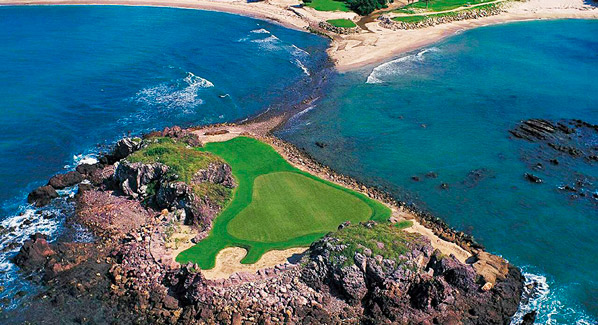
Hole 3B at Punta Mita’s Pacifico course earned its nickname “Tail of the Whale” from the humpback whales that are sometimes sighted breaching just offshore. Photo: Four Seasons Resorts
Playing the Pacifico course at the Four Seasons Resort Punta Mita may not be the most difficult round of golf in the tropics, but it is undoubtedly one of the most scenic. Taking full advantage of its waterfront real estate, the course meanders around the resort’s peninsula to provide eight holes directly fronting the Pacific Ocean or Banderas Bay. It’s complemented by palm-fringed and beautifully landscaped fairways overlooked by the distant Sierra Madre mountains. During winter months, players may face an added distraction as they approach the third tee: migrating whales passing just offshore. A highlight of any round—and a must-do photo op with or without the passing whales—is hole 3B, aka the Tail of the Whale. Presented as an optional par 3, this hole requires golfers to carry across beach and rocky shallows to a green embedded on a small island. It’s spectacular and possibly intimidating. But in reality, the Tail of the Whale is as accommodating as the majority of this course, which offers wide and relatively forgiving fairways that allow players to focus on the view without sweating the strategy. Players looking for a more challenging round can play the resort’s other course, the Nicklaus-designed Bahia, which is rated 10 strokes tougher than its seaside sibling and provides a variety of terrain challenges.
Where to Stay: Spectacular backdrops aren’t the only reward for playing a round at Pacifico. You have the option of settling in at one of Punta Mita’s luxurious resorts—including the course’s host property, the Four Seasons. The spa ranks as highly for its services as the golf course does for its scenery, and beaches, pools and activities please not only players, but their spouses and families as well.
Ocean Course at Cabo del Sol, Cabo San Lucas, Mexico
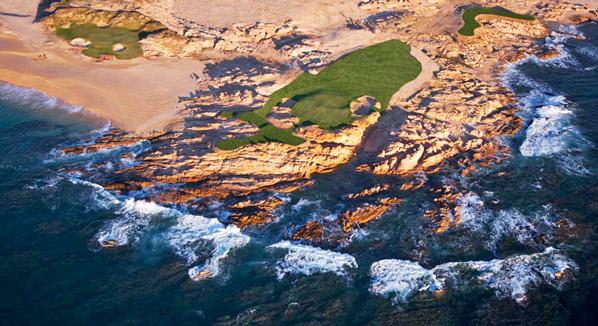
The Cabo Del Sol Ocean Course offers nearly a mile of oceanfront play, including one of the premier tandem par-3s in the game, the dramatic 6th and 7th.. Photo: Jim Mandeville / Nicklaus Design
For more than two decades, the Ocean Course at Cabo del Sol has reigned as Baja’s premier beachside golf course. With seven direct oceanfront holes, it certainly commands more waterfront than any other course on the Baja Peninsula. In addition to a mile of scenic beach, the course serves up challenging topography with an ample helping of arroyos and sand traps, along with some demanding carries. As new courses sprouted up in recent years, the Cabo del Sol team upped their game with a reconfiguration of several signature holes. The green on the signature par-4 5th hole now perches precipitously close to crashing surf, creating additional drama for a hole that has been ranked among the best 500 in golf. Next, players tee off for the first of two redesigned back-to-back par 3s at 6th and 7th. Already being called two of the primer tandem 3s in the game, these holes skirt a tidal inlet flanked by craggy outcroppings, creating a test of accuracy to challenge the game’s best when hit from the blues. As you make your way towards the spectacular 17th, also a world-ranked hole, you may see why Nicklaus himself called this stretch “the three finest finishing holes in all of golf.”
Where to Stay: For easy access to the course, you can choose from three resorts within the Cabo del Sol development—the Fiesta Americana Grand, the Sheraton Hacienda del Mar and the Premier Resorts condominiums—or for access to even more of Baja’s best golfing action, move up the coast a few miles to the Hilton Los Cabos, which offers golf packages that includes playing the area’s other premier courses.
The Challenge at Manele Bay, Lanai, Hawaii
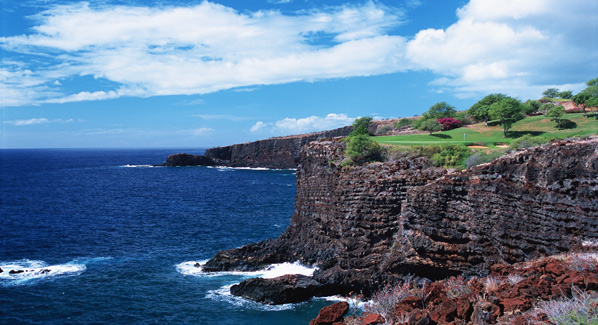
Lanai’s Challenge At Manele Bay perches atop a high bluff overlooking the waters of the Hulopoe Marine Reserve. The 12th hole requires a 200-yard water carry. Photo: Hawaii Tourism Authority
Getting to the quiet island of Lanai requires a ferry ride or a connecting flight from a major Hawaiian gateway, but the reward for hauling your clubs along is a chance to play one of the world’s most scenic ocean-side courses: the Challenge at Manele Bay. Sitting on the island’s remote southern coast atop a 200-foot-high wall of red lava cliffs, the course provides spectacular ocean views and photo ops from start to finish. Don’t let your attention stray from the fairway, however, as nine doglegs and several carries across unforgiving black lava fields demand targeted play, especially when hitting from the long tees. The signature and much-photographed 12th hole will test your faith, as it requires a 200-yard carry across breaking surf. You have a chance to repeat your performance at the 17th hole, which calls for a dramatic cliff-side carry. Trade winds are usually a factor, but the course was created with the prevailing breezes in mind, and players usually finish with a sense of exhilaration rather than frustration.
Where to Stay: Book a room on-property at the Four Seasons Lanai at Manele Bay. The resort overlooks Hulopoe Bay, the best bathing spot on the island. The Four Season staff coordinates guests’ water-sports adventures, ranging from swims with spotted dolphins and snorkel tours of the protected reefs to scuba dives, ocean kayak tours and surfing lessons. The more sedentary find beach umbrellas and a sparkling pool, plus a full range of dining and pampering one would expect from a Four Seasons property.
Mauna Kea Golf Course, Kohala Coast, Hawaii
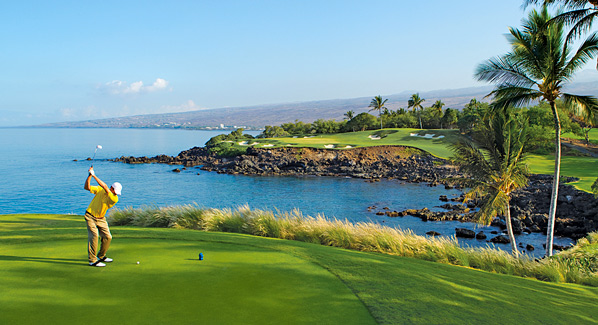
With its dramatic water carry, panoramic ocean views and lush landscaping, Mauna Kea’s 3rd hole is one of the most photographed holes in the sport of golf. Photo: Mauna Kea Beach Resort
It’s been 50 years since Robert Trent Jones, Sr. created this course atop the black volcanic ash of the Big Island’s western shores. It was christened by a round from the Big Three— Arnold Palmer, Jack Nicklaus and Gary Player—and soon earned a reputation as Hawaii’s best. The course has held up well in the decades since and is still highly regarded in golfing circles as a must-play venue. In fact, Mauna Kea has been credited for defining the components that make an ideal resort course. The scenery rewards as the course rises from the ocean to heights of 300 feet to deliver panoramic views of the coast, but the architecture also delivers its share of challenges. Elevation and prevailing winds often come into play, and the pitched and well-guarded greens require accurate approach shots. The course’s par-3 third is one of the most photographed holes in all of golf. Hitting from a cliff-side tee, players must carry across a small bay to a green that is guarded by seven bunkers.
Where to Stay: The course is a 30-mile drive from resorts in the Kona area, but two premier properties are within walking distance of the fairways. The course’s host property, Mauna Kea Beach Resort, provides exclusive access to what many consider the Big Island’s best white-sand beach. Just to the south of the course, the Hapuna Beach Prince Hotel overlooks its namesake bay and beach, delivering magnificent ocean views from every room.
